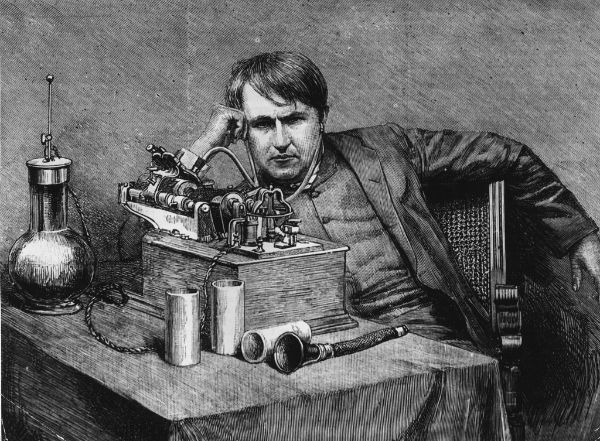For many people, creating a home video is a hobby. Whether it’s filming a family wedding or documenting a birthday party to remember years down the line, creating something that you’re proud of is generally the ultimate aim.
Home videos might not be intended to be shown in cinemas around the world like huge blockbuster movies, but the principles of movie making still apply – albeit on a much smaller scale. There are plenty of directors who have happily imparted some of their knowledge and experience to other directors – but that doesn’t mean it can’t be useful for home video creators, too!
Are you ready to get inspired by some of the biggest name in film?
Steven Spielberg
Although you’re probably not going to want to be adding blockbuster style effects to your home videos, Steven Spielberg has some sound advice for those who are looking to keep things simple.
“Bloated budgets are ruining Hollywood — these pictures are squeezing all the other types of movies out of Hollywood. It’s disastrous. When I made The Lost World, I limited the amount of special-effects shots because they were incredibly expensive. If a dinosaur walks around, it costs $80,000 for eight seconds. If four dinosaurs are in the background, it’s $150,000. More doesn’t always make things better.”
Even though your home video won’t be heading near Hollywood, Spielberg has a point; many people who are creating videos for their own home use for the future often feel that cramming more content in there is better than only having those special moments, when you’re often just wasting valuable filming time and resources instead.
Keep your video as short as possible and to the point – it might not save you money like it did for Spielberg, but it will cut down your editing time and give you more filming time to play with while still keeping those special moments special.
Stanley Kubrick
Well known for films which push at the boundaries of film making, Stanley Kubrick is also one of the directors which has given the world of film makers some helpful tips on how to be successful.
According to his mantra, “If it can be written, or thought, it can be filmed”, which is great advice for those people who are worried about whether what they have in mind can be easily translated to film. Kubrick’s style is a great representation of this, with the majority of his films being weird and wonderful creations which many people may have once thought impossible.
If you have an idea, try it out – you never know what the outcome will look like until you do. You may even create a film which you are incredibly proud of that you’ll be able to hand down to your family one day!
It doesn’t matter whether you’re producing a personal home video or a blockbuster movie; knowing how to create something that people want to watch is essential – even if it’s only you who will be seeing it! If you’ve got some old cine film that you’d like transferring to DVD, please don’t hesitate to contact us today – we’d love to help you keep those memories preserved for as long as possible!



